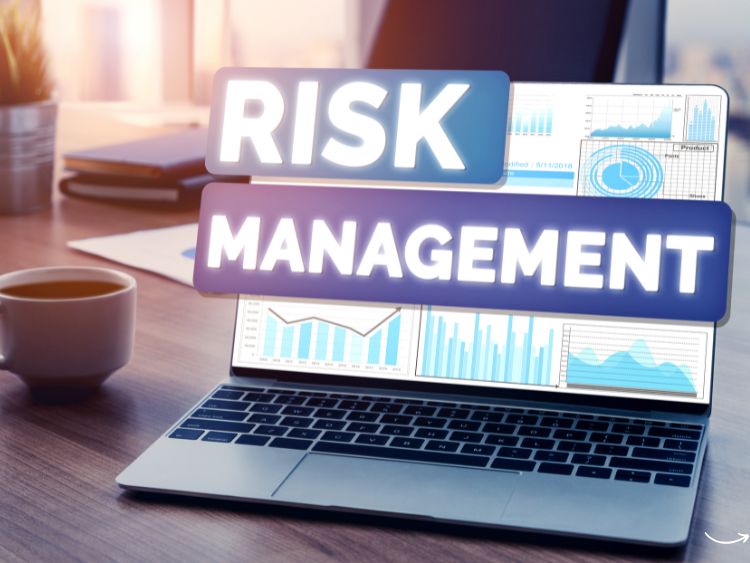In the fast-paced world of business, the ability to foresee and manage potential risks is more crucial than ever. Integrated Risk Management (IRM) stands out as a holistic approach, weaving risk management seamlessly into every facet of your organization. This article will explore how IRM provides a comprehensive framework for anticipating, mitigating, and capitalizing on risks, ensuring that your business not only survives but thrives in today’s unpredictable landscape.
What is Integrated Risk Management?
Integrated Risk Management is a dynamic, strategic process involving the identification, analysis, and response to risks that impact an organization’s objectives and operations. Unlike traditional risk management strategies, which often operate in silos, IRM breaks down barriers and promotes a cohesive approach to managing a wide array of risks.
Key Components of IRM
Understanding the components of IRM can give us a clearer picture of how it benefits an organization:
- Risk Identification: This initial step involves recognizing potential risks that could affect the entity, both internally and externally.
- Risk Assessment: Once identified, risks are analyzed to determine their likelihood and potential impact.
- Risk Mitigation: Strategies are then developed and implemented to manage, reduce, or eliminate these risks.
- Continuous Monitoring: IRM requires ongoing evaluation to adapt to new risks and changes in the external and internal environment.
Benefits of Implementing Integrated Risk Management
Adopting an IRM approach can lead to several tangible benefits for a business:
- Enhanced Decision-Making: With a comprehensive view of risks, decision-makers can make more informed, proactive choices.
- Improved Resource Allocation: IRM helps ensure that resources are directed toward the most significant risks, optimizing both effectiveness and efficiency.
- Greater Compliance and Security: A robust IRM strategy enhances compliance with regulations and bolsters security measures.
- Resilience and Agility: Businesses become more resilient and agile, capable of responding swiftly to changes and challenges.
How to Implement Integrated Risk Management
Implementing an integrated risk management strategy involves several critical steps:
- Establish a Risk Management Framework: This framework should align with the organization’s objectives and include policies, processes, and responsibilities.
- Develop a Risk Appetite Statement: Define the level of risk your organization is willing to accept to achieve its objectives.
- Integrate IRM with Corporate Strategy: Ensure that risk management is a part of strategic planning and decision-making processes.
- Foster a Risk-Aware Culture: Encourage all employees to consider risk in their daily operations and decision-making.
Challenges in Integrated Risk Management
While the benefits of IRM are clear, there are several challenges that organizations might face:
- Cultural Resistance: Shifting to a risk-aware culture requires change management and can meet resistance.
- Data Silos: Breaking down data silos to share information across departments can be technically and politically challenging.
- Keeping Pace with Change: Rapid technological advancements and regulatory changes can make it difficult to keep risk management strategies up-to-date.
FAQs About Integrated Risk Management
Q: How does IRM differ from traditional risk management? A: Unlike traditional risk management, which often focuses on specific areas or types of risk, IRM takes a holistic approach, considering all potential risks to an organization.
Q: Can small businesses benefit from IRM? A: Absolutely! While the scale of implementation may vary, the principles of IRM can benefit businesses of all sizes by providing a clearer picture of risks and better preparation for them.
Q: Is technology important in IRM? A: Yes, technology plays a critical role in facilitating real-time risk analysis and management, helping organizations to respond more swiftly and effectively to potential threats.
Summary
Integrated Risk Management is not just a strategy; it’s a necessity in today’s complex business environment. By embracing IRM, companies can not only safeguard themselves against potential pitfalls but also position themselves for sustained success. Remember, it’s not about avoiding all risks but managing them in such a way that your organization can weather storms and emerge stronger. Ready to take the leap? Let’s make risk management a core strength of your business, transforming potential threats into opportunities for growth and innovation.







